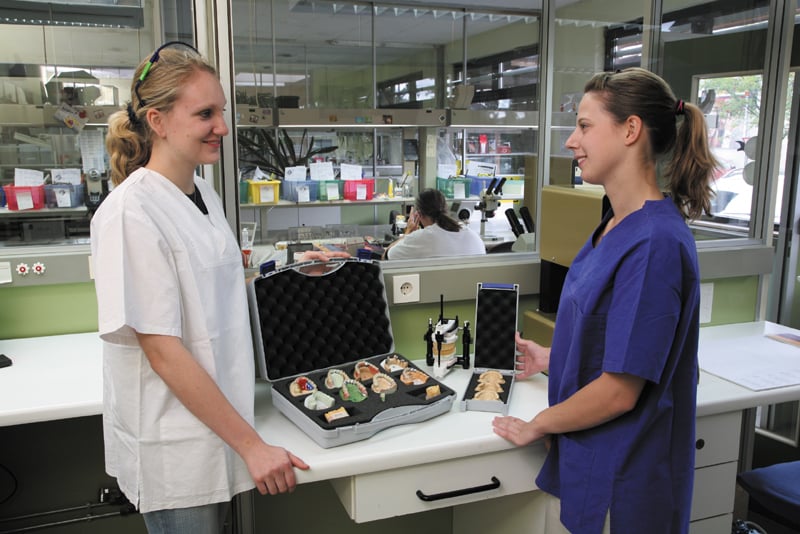Prospects tend to sit through a lot of sales presentations — from traditional in-person meetings to online meetings, the latter of which is increasingly used due to remote working environments and travel restrictions. Even as the format of sales presentations evolves, this part remains true: when a business comes to a prospect with a sales pitch, the right elements need to be there for it to be effective.
So what are the right ingredients in this recipe for sales success? Here are the principles we think matter most.
1. Personalize the Presentation to Your Prospect
Think back to your initial conversations with a prospect, or the details they provided via an online form. Perhaps they mentioned an interest in a specific product line, or maybe they made note of the pain points that brought them to your business in the first place. Whatever the case may be, let these insights be a guiding force in the direction of your sales presentation. When your audience feels more understood by your brand, they are far more likely to take you up on your sales offer.
2. Keep Things Simple & Direct
Businesses have a lot they want to share about their product, but it’s how this information is communicated that can make or break a successful sales presentation. Whereas a 30-slide presentation that goes into deep detail is likely to overwhelm your audience and cause them to tune out, a visually-driven presentation that focuses on key data and messaging is much more apt to keep prospects engaged. The more efficient you can be in the delivery of a presentation, the more time you’ll have to create meaningful dialogue with prospective buyers.
3. Let the Audience Ask Questions
Questions are bound to arise as prospects tune into a sales presentation — and when they do, there should be an opportunity to voice them. While this has traditionally come in the form of a Q&A session at the end of the presentation, taking questions during a presentation can provide clarity to prospects throughout the pitch and give you (the speaker) a better gauge of when to pivot the conversation, if needed. Meanwhile, you can close your sales presentation in a more meaningful way — whether that’s a recap of your main points, a concise story or a call to action.
4. Pair Conversation with Tangible Items
It’s one thing to hear about your product(s). It’s another to see it firsthand. With a custom case designed to fit the dimensions and technical needs of your products, you can securely take your product samples with you to sales presentations — even when dealing with products as delicate as spinal implants. Upon arrival to doctor’s offices (or wherever your destination may be) or through the computer screen, you’ll be able to efficiently showcase your products to busy communities and further establish your credibility as a brand with a polished, professional look.
Make your sales presentation cases as compelling as your product. With the help of Cases By Source, we’ll design and manufacture a solution that is sure to enhance your presentations. To get started, schedule your free consultation.





Leave a Comment